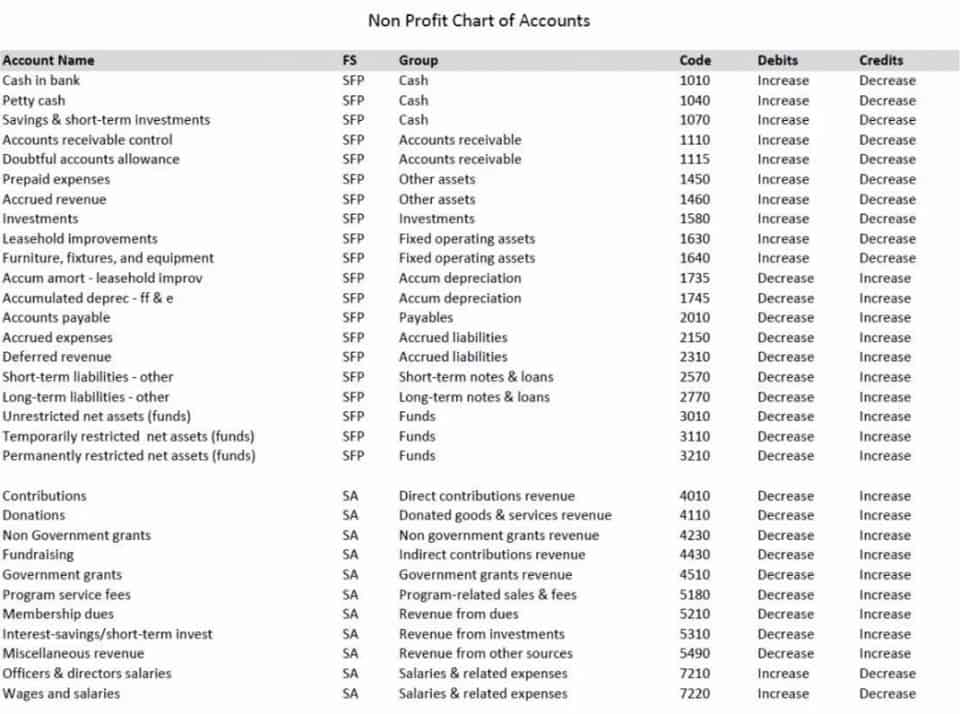
It is important to keep the accounting equation in mind when performing journal entries. The side that increases (debit or credit) is referred to as an account’s normal balance. With double-entry accounting, the accounting equation should always be in balance. In other words, not only will debits be equal to credits, but the amount of assets will be equal to the amount of liabilities plus the amount of owner’s equity. If your business uses single-entry accounting, you do not use the balance sheet equation.
Contra Accounts
When we’re talking about Normal Balances for Revenue accounts, we assign a Normal Balance based on the effect on Equity. Because of the impact on Equity (it increases), we assign a Normal Credit Balance. LO 4.2Identify whether each of the accounting equation normal balances following transactions, which are related to expense recognition, are accrual, deferral, or neither. LO 4.2Identify whether each of the following transactions, which are related to revenue recognition, are accrual, deferral, or neither.
- The first part of knowing what to debit and what to credit in accounting is knowing the Normal Balance of each type of account.
- For example, Lynn Sanders purchases two cars; one is used for personal use only, and the other is used for business use only.
- You will learn more about the expanded accounting equation and use it to analyze transactions in Define and Describe the Expanded Accounting Equation and Its Relationship to Analyzing Transactions.
- Every financial transaction affects an account related to assets, liabilities, or equity.
- The auditors of a company are required to be employed by a different company so that there is independence.
Parts of the balance sheet equation

Under the accrual basis of accounting, the Service Revenues account reports the fees earned by a company during the time period indicated in the heading of the income statement. Service Revenues include work completed whether or not it was billed. Service Revenues is an operating revenue account and will appear at the beginning of the company’s income statement. For a company keeping accurate accounts, every business transaction will be represented in at least two of its accounts. For instance, if a business takes a loan from a bank, the borrowed money will be reflected in its balance sheet as both an increase in the company’s assets and an increase in its loan liability.

Recording changes in Income Statement Accounts
The ending account balance is found by calculating the difference between debits and credits for each account. You will often see the terms debit and credit represented in shorthand, written as DR or dr and CR or cr, respectively. Depending on the account type, the sides that increase and decrease may vary. We can illustrate each account type and its corresponding debit and credit effects in the form of an expanded accounting equation.
What are Closing Entries in Accounting? Accounting Student Guide
Let’s say there were a credit of $4,000 and a debit of $6,000 in the Accounts Payable account. Since Accounts Payable increases on the credit side, one would expect a normal balance on the credit side. However, the difference between the two figures in this case would be a debit balance of $2,000, which is an abnormal balance. This situation could possibly occur with an overpayment to a supplier or an error in recording. The procedural part of accounting—recording transactions right through to creating financial statements—is a universal process. Businesses all around the world carry out this process as part of their normal operations.
- The normal balance of an account shows if increases are recorded on the debit or credit side.
- To learn more about the income statement, see Income Statement Outline.
- Interest Revenues are nonoperating revenues or income for companies not in the business of lending money.
- If your business has more than one owner, you split your equity among all the owners.
- He is the sole author of all the materials on AccountingCoach.com.
- For the past 52 years, Harold Averkamp (CPA, MBA) hasworked as an accounting supervisor, manager, consultant, university instructor, and innovator in teaching accounting online.
- At the end of the accounting year the balances will be transferred to the owner’s capital account or to a corporation’s retained earnings account.
Learning about financial entries is key for keeping accurate records. Real-life examples show us how transactions can affect accounts. They highlight the importance of understanding journal entries in everyday business. On the other hand, a credit entry often means more liabilities, equity, or income. For instance, when transactions boost accounts receivable, it’s marked as a debit. Meanwhile, the credit part lessens the accounts receivable.


Financial statements are created with this purpose in mind. A set of financial statements includes the income statement, statement of owner’s equity, balance sheet, and statement of cash flows. These statements are discussed in detail in Introduction to Financial Statements. This chapter explains the relationship between financial statements and several steps in the accounting process. We go into much more detail in The Adjustment Process and Completing the Accounting Cycle.
Double Entry Bookkeeping
- LO 4.4Prepare an adjusted trial balance from the following adjusted account balances (assume accounts have normal balances).
- Financial statements are created with this purpose in mind.
- An account with a balance that is the opposite of the normal balance.
- There was no previous balance in the Salaries Payable account at that time.
- Parts 2 – 6 illustrate transactions involving a sole proprietorship.Parts 7 – 10 illustrate almost identical transactions as they would take place in a corporation.Click here to skip to Part 7.
- Debt is a liability, whether it is a long-term loan or a bill that is due to be paid.
As you can see, shareholder’s equity is the remainder after liabilities have been subtracted from assets. This is because creditors – parties that lend money such as banks – have the first claim to a company’s assets. Shareholders’ equity is the total value of the company expressed in dollars. Put another way, it is the amount that would remain if the company liquidated all of its assets and paid off all of its debts. The remainder is the shareholders’ equity, which would be returned to them.
Example balance sheet
Since your company did not yet pay its employees, the Cash account is not credited, instead, the credit is recorded in the liability account Wages Payable. A credit to a liability account increases its credit balance. The exceptions to this rule are the accounts Sales Returns, Sales Allowances, and Sales Discounts—these accounts have debit balances because they are reductions to sales.
Assets are on the left side of the accounting equation.Asset account balances should be on the left side of the accounts. If you already understand debits and credits, the following table summarizes how debits and credits are used in the accounts. The monthly accounting close process for a nonprofit organization involves a series of steps to ensure accurate and up-to-date financial records. Although each account has a normal balance in practice it is possible for any account to have either a debit or a credit balance depending on the bookkeeping entries made. Looking at assets from most to least liquid tells a company its risk.